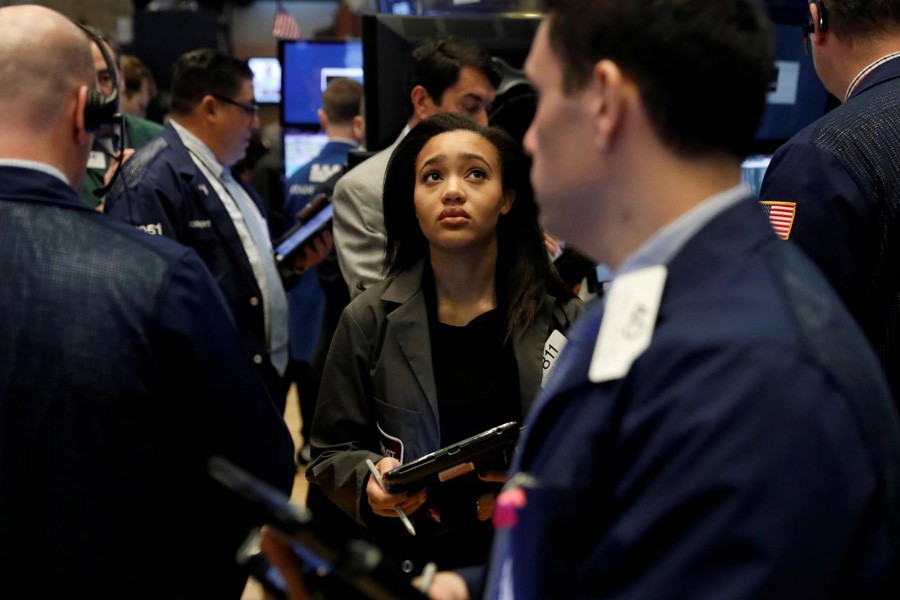US stock markets are unlikely to return to the unusually calm conditions seen last year, even though equities have already recovered more than half the ground lost in the recent selloff and traders have rapidly dialed down fear.
Stock market volatility spiked to a multi-year high in the selloff and some products that flourished in low volatility collapsed. A higher-volatility environment means the 1 per cent stock market swings of the past two weeks will become commonplace, strategists said.
It is something that investors will have to get used to. The Cboe Volatility Index.VIX, the most widely followed barometer of expected near-term volatility for stocks, last year logged a historically low average of 11.
“We expect the current shock to herald a higher volatility regime,” said Jim Strugger, derivatives strategist at MKM Partners in New York.
The VIX reached a 2-1/2-year high of 50.30 on Feb. 6. Since then it has slipped to 17.60, still well above the record low of 8.56 hit in November.
“Fear has come down dramatically but certainly not to the level of complacency seen pre-correction,” said Randy Frederick, vice president of trading and derivatives for Charles Schwab in Austin, Texas.
“VIX futures seem to indicate that the VIX could trend down from current levels to maybe as low as 15 over the next couple of months, but there are few, if any, signs we’ll see 10 again any time soon,” he said.
The VIX is derived from the price of S&P 500 options and is an indicator of investors’ collective estimate of near-term gyrations for the benchmark stock index, reports Reuters.
With the S&P 500 at 2,744, a VIX of 15 implies a daily move of the index of 21.54 points, or close to 0.8 per cent, Frederick said.
There have been eight days this month when the S&P 500 logged a single-day move of more than 1 per cent, compared with eight days in all of 2017.


